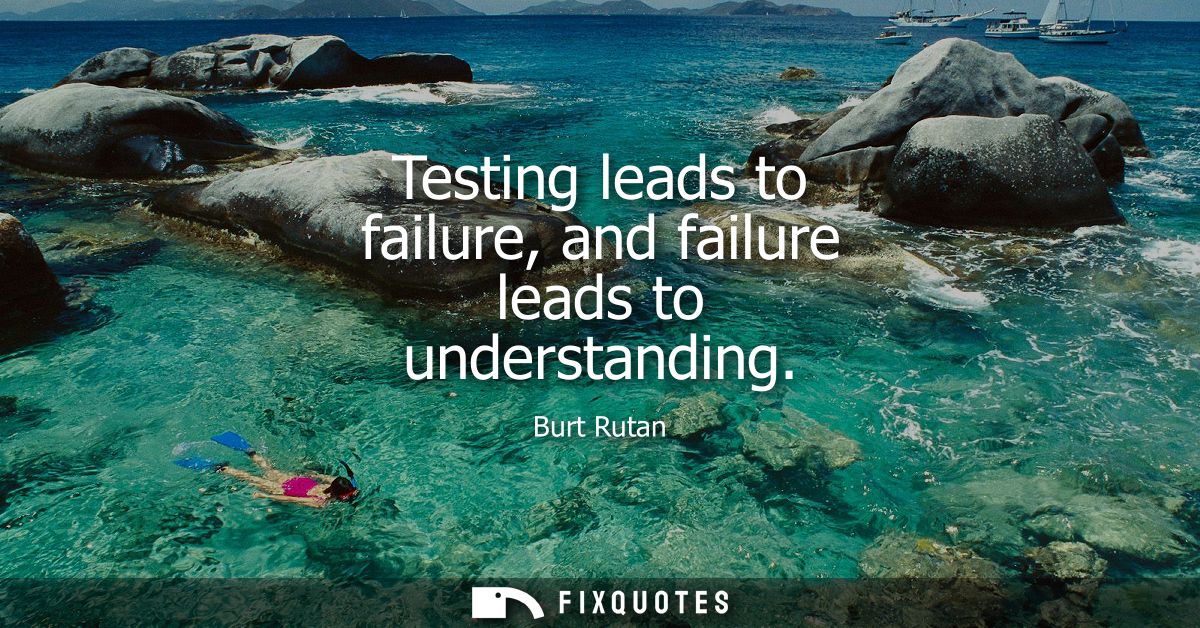"Testing leads to failure, and failure leads to understanding"
About this Quote
Testing is an essential catalyst in any process of innovation or discovery. The act of testing something, a hypothesis, a prototype, a new approach, rarely produces immediate perfection. Instead, it opens the doors to failure, a stage often wrongly perceived as negative or wasteful. Failure, however, is not an endpoint but rather a critical step forward. When something doesn't work as expected, it's not merely a setback; it's an illuminating signal pointing to the boundaries of current understanding or capability.
Through failure, hidden flaws and unforeseen problems come to light. These faults often remain invisible in theory or in controlled environments where real-world chaos is absent. The raw data and experiences born from failed tests reveal where assumptions break down and where adjustments are necessary. True understanding arises not from untested success but from meticulously dissected mistakes. This process compels a deeper engagement with the underlying principles at play and fosters an iterative mindset centered on continual improvement.
In environments where innovation is valued, such as scientific research, engineering, or creative endeavors, embracing the cycle of testing and failure is fundamental to progress. When individuals and organizations treat failure as a milestone on the route to understanding, rather than an embarrassment, learning accelerates. With every failure comes new information: clues about what went wrong, insights into previously unconsidered variables, and a clearer vision of how to move forward more effectively.
Far from being a detriment, failure is indicator of having pushed boundaries, something essential for genuine advancement. The willingness to experiment, accept setbacks, and extract lessons from disappointment is a hallmark of successful engineers, scientists, and creators. Ultimately, the road to genuine understanding is paved not with effortless victories, but with the courage to test, fail, and then refine one's approach based on what is learned.
More details
About the Author

